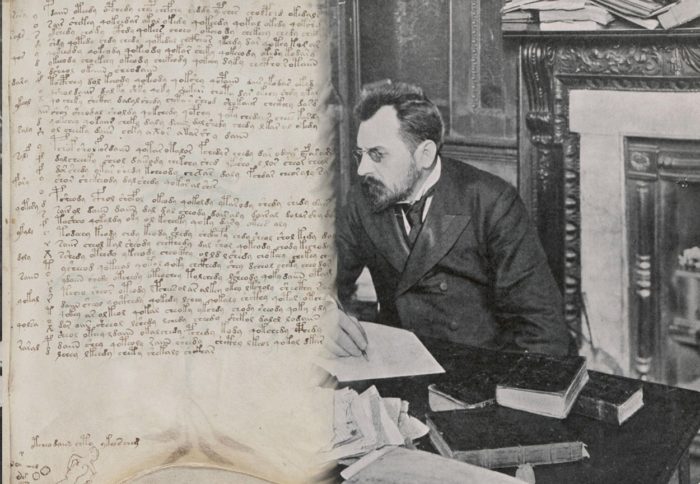
The Voynich Manuscript – The Most Mysterious Text In The World
- By
- January 17, 2019
- May 8, 2022
- 11 min read
- 3
- Posted in
- Conspiracy Theory Analysis, Historical
While some regard it as a hoax from medieval times, others look upon the Voynich Manuscript as one of the great unsolved mysteries of both history and our contemporary times. As we will examine, allegations of a hoax don’t really hold water. However, decades upon decades of research has so far failed to crack the coded language that resides within the 240 remaining pages of vellum (animal skin). Some pages are missing – thought to be 28 in total. What might have resided within these pages, and whether their removal was purposeful or not will likely remain a mystery within a mystery.

Wilfrid Voynich
Even codebreakers from the two world wars of the twentieth century have failed to reveal the details in these unknown handwritten words and symbols. The book also features several detailed, although “amateurish” drawings and illustrations. Many of which are particularly intriguing as they show plants and vegetation not known to exist on Earth. There are also heavily intricate details of the stars and knowledge of what appears to be astrology. The manuscript could be as mundane as medieval herbal remedies (which would be of interest in itself) or it could be a one-of-a-kind, one-to-one passing on of knowledge from an entity from another realm, perhaps even another world.
Contents
- 1 A Mysterious Find With A Most Mysterious Past
- 2 From Secret Manuscript To File MS 408 At Yale University
- 3 Evidence Of A Universal Antediluvian Language?
- 4 Too Complex To Be A Hoax?
- 5 The Esoteric Art Of Astrology
- 6 Automatic Writing – A Conduit For An Entity From Another World?
- 7 Mysteries On Top Of Mysteries
- 8 Might The Voynich Manuscript Reveal Secrets Of The Ancient World?
- 9 Recent Claims Of Deciphering!
- 10 The Rebirth Of An Extinct Language?
A Mysterious Find With A Most Mysterious Past
The book was discovered in 1912 when Wilfrid Voynich purchased it. While he was flicking through the mysterious pages of this otherwise non-descript book a letter fell out. It was dated 19th August 1666 (some scholars state it is 1665) and it was from Joannes Marcus Marci, the rector of Charles University in Prague. It is from this letter that we know much of the manuscript’s secretive past.
He had received the book from a known alchemist of his day, Georg Baresch upon his death. It is not clear how Baresch came into possession of the book, or indeed where it came from, but in 1639, he would send correspondence to Athanasius Kircher, a Jesuit scholar, who had extensive knowledge of Egyptian hieroglyphs and a mind that couldn’t resist the mysterious and the unknown. He would make attempts to purchase the book, however, Baresch refused.
Once it came into Marci’s possession, he would forward it to Kircher, with a view to him decoding it and revealing its secrets. In the letter discovered by Voynich, written in Latin, Marci states how he is “convinced that it could be read by no one except yourself”. He would continue that Baresch had “devoted unflagging toil” in his attempts to decipher the contents of the manuscript. And that “he relinquished hope only with his life”.
Furthermore, Marci states in his letter that the manuscript was once the property of Emperor Rudolph II. He had paid 600 gold ducats for it, thought to be some time in the late 1590s. He was known to have a fascination with alchemy. Marci also mentions that Rudolph II believed the author to be Roger Bacon, a renowned English thinker of his day, particularly on matters of nature. On this, however, Marci states he “suspends judgment”.
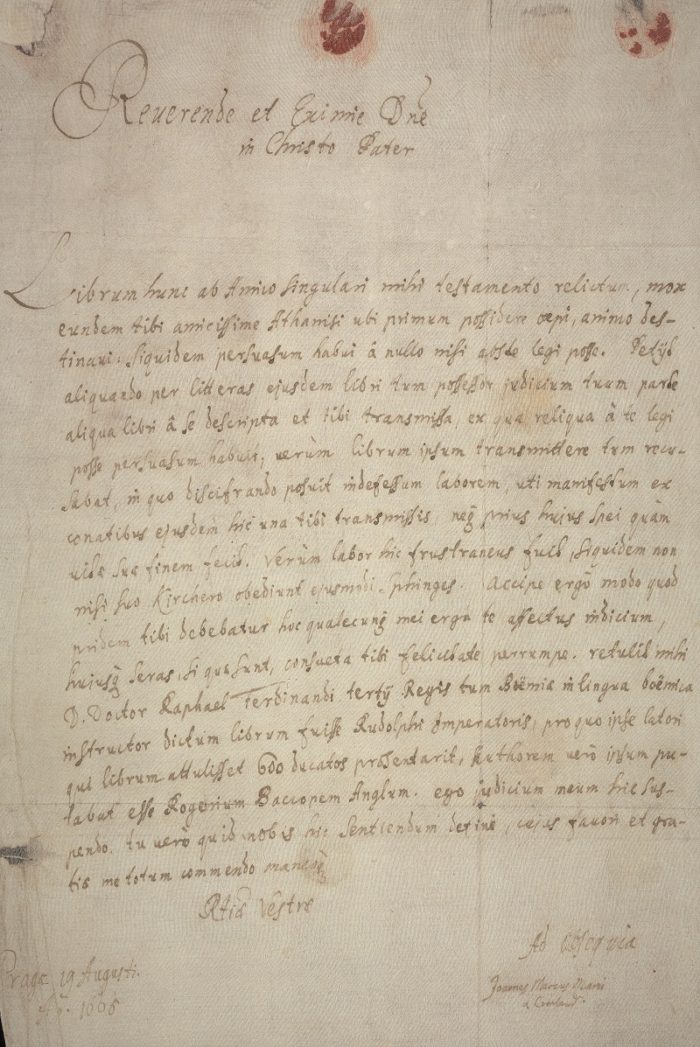
Joannes Marcus Marci’s letter
From Secret Manuscript To File MS 408 At Yale University
From here, though, the trail goes cold and what we “know” of the book’s whereabouts for the next two centuries is guesswork and likeliness. There is no doubt that Kircher would have made attempts to decode the book. If he was successful, the secrets remain with him. It would seem that when he died, the mystery manuscript still unlocked and, in his possession, would go into the University library holdings (now the Pontifical Gregorian University).
Following the annexing of the Papal States by the Italian government in 1870 after the successful military campaign of Victor Emmanuel II, many such holdings would come under the control of the authorities. Only manuscripts and writings in the personal libraries of the universities would escape this purge. It is believed the Voynich Manuscript went into the private library of Petrus Beckx, who was head of the Jesuit order. His personal library was eventually purchased by the Society of Jesus, an off-shoot of the Catholic Church on the outskirts of Rome, dating back to the early-1500s in Spain. It is from this organization, that Wilfrid Voynich eventually bought the manuscript, along with around thirty other documents in 1912 and so bringing the book to the wider world’s attention for the first time.
The manuscript would remain in Voynich’s possession until his death in 1930. It would then pass to his widow, and following her death thirty years later, through her friend Anne Nill, Hans P. Kraus, an antique book dealer would purchase it. Kraus would eventually donate it to Yale University where it resides today. Its official catalog number is “MS 408”.
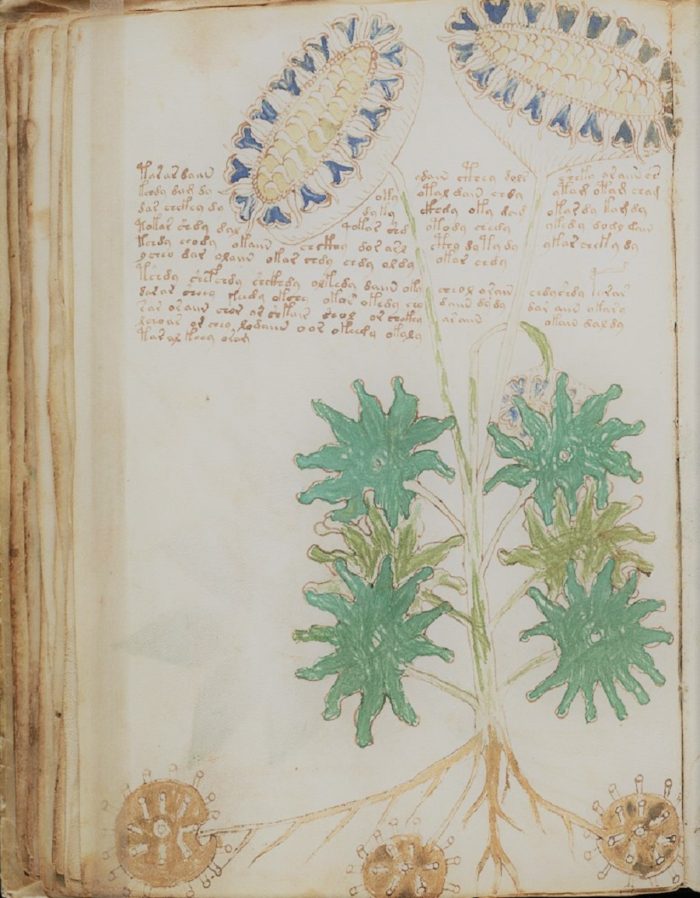
Example of the bizarre plants in the Voynich Manuscript
Evidence Of A Universal Antediluvian Language?
There have been numerous attempts to make sense of the manuscript [1] since its discovery. None of which have garnered wide-ranging support.
It would appear, based on observations from the manuscript’s many illustrations, that the book is in six parts. Each section deals with specific information on that subject. These sections are, herbs, medicines, recipes, biological, and perhaps most interesting, cosmological and astronomical. While the first four sections have led some to believe the manuscript to be some kind of “good housekeeping guide” of the Middle Ages, with some even suggesting it was a book on “women’s health”, [2] others dismiss such claims. [3] Particularly as they appear to ignore the clear illustrations of astronomy and the cosmos.
While some maintain the manuscript is some kind of code, others suggest it to be an entirely unknown language. This is an interesting theory, not least because many of the words – at least in part – have similarities with many of the different languages not just in the European region, but further afield to the east. While it is pure speculation of the author, might it be, if we accept claims of a long-ago universal antediluvian language, that the Voynich Manuscript is the only remaining example of this? And, whether a code, or an unknown language, might there be a second part to the manuscript? One that would enable the reader to unlock the secrets on its pages?
Too Complex To Be A Hoax?
Of course, to many, the manuscript is nothing but a hoax. Although the reason behind that thinking appears to revolve around the notion that as the code hasn’t been broken, then there must be nothing to break in the first place. This seems a little simplistic, at best. The notion of attempting to obtain money from people such as Emperor Rudolph II with “ancient manuscripts” containing “secret knowledge” is certainly plausible enough. After all, such interests were still considered heretical at the time. And so the search for such knowledge would have to be done in secret and on the “black market”. However, to quote author Daniel Smith “in an age where relatively unsophisticated forgeries could pass muster in the courts of Europe” the apparent forger in this instance “went above and beyond the call of duty” in their alleged deception.
The two names most commonly associated with the hoax theory are John Dee and Edward Kelley. Two Englishman and known alchemists. And, according to some, would have no qualms of taking advantage of someone such as Rudolph II and his obsession of all things of the Occult.
In short, while it is certainly not a solid rebuttal, the manuscript simply appears too detailed, too sophisticated, and too authentic to simply be dismissed as a hoax. Furthermore, carbon dating of the manuscript would put the date at somewhere around 1404 to 1438. This would rule out Dee and Kelley as suspects of perpetrating a hoax.
Further still, aside from the detail and complex nature of the manuscript being too much for a hoax – even one with substantial monetary gain on the line – perhaps we should look at some of the detailed illustrations. In particular, the “fold-out” plans of apparent galaxies unknown to humanity at the time of its writing.
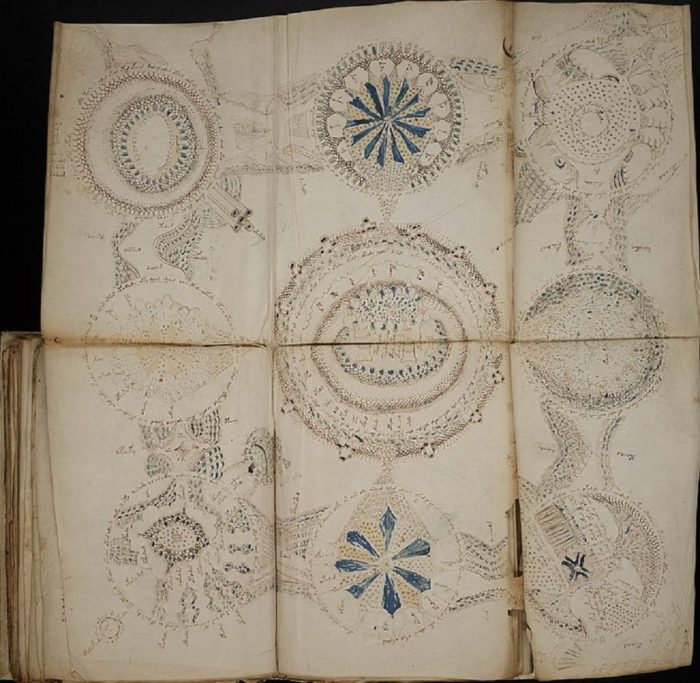
Voynich Manuscript Fold-out
The Esoteric Art Of Astrology
One of the most fascinating aspects of the Voynich Manuscript is the section on astronomy and astrology. It is important that we include both together here. Today most astronomers would simply dismiss astrology with an in-built arrogance. One from decades and decades of ridicule poured on the ancient and esoteric art. A situation not helped by the “talking heads” types who write “horoscope” columns for the masses in the modern age. Originally there was no distinction between the two. Interestingly, many researchers suggest that the ridiculing of such ancient arts as astrology is very purposeful. Particularly when you realize that many of the world “elites” use its power to their own ends. At least privately.
Perhaps, then, the astrological diagrams and, in particular, a drawing that appears very much like the nearest known galaxy to our own, Andromeda, suggests a deep understanding of such things at the time of writing. So deep, in fact, that, if we assume the illustration and details are of Andromeda, suggests the writers of the manuscript had knowledge of the universe. Before the apparent “discoveries” of our modern age.
Might this be the reason for the hiding of the book? And locking it away with the Jesuit order for over two centuries? We know many religions’ stance on the notion of life on other worlds. Such a discovery would surely undermine their influence and position. Perhaps Kircher knew this. And fearing it would be destroyed, preserved the information in its anonymity for another age?
Automatic Writing – A Conduit For An Entity From Another World?
These last points revolving around secrets of the universe and knowledge of the galaxy has led some researchers to suggest some kind of extraterrestrial involvement. That is not to say that an alien entity literally sat down and wrote the Voynich Manuscript. But rather some type of communication. A visitation with the author is certainly not out of the question. Perhaps a particularly interesting view, in this case, however, would be that of “automatic writing”.
While the notion is a controversial one, to say the least, automatic writing is likely more widespread than we suspect. Perhaps one of the most famous users of this was Alistair Crowley. He would essentially go into a trance, possibly even allowing temporary possession. Then, would write simply what came to mind. As if the writer is but a conduit to an entity from another realm. Some believe these entities are demonic. However, as we have examined previously, one of the apparent demons summoned by Crowley, Lam, bore an uncanny resemblance to a typical depiction of a Grey alien.
Might it be possible, then, that instead of a spirit from another realm or dimension, an entity from another planet in another part of the universe “channeled” into the mystery author’s mind? Allowing them to produce what would become the Voynich Manuscript? Might their home be somewhere in the Andromeda region? Is this the reason for the illustration that appears to show our galactic neighbor? Perhaps if we one day manage to decipher what the words state, further information of their homeworld will show. And even why such communication occurred in the first place will come to light. Perhaps this is the reason for the multiple strange and bizarre plants within the pages?
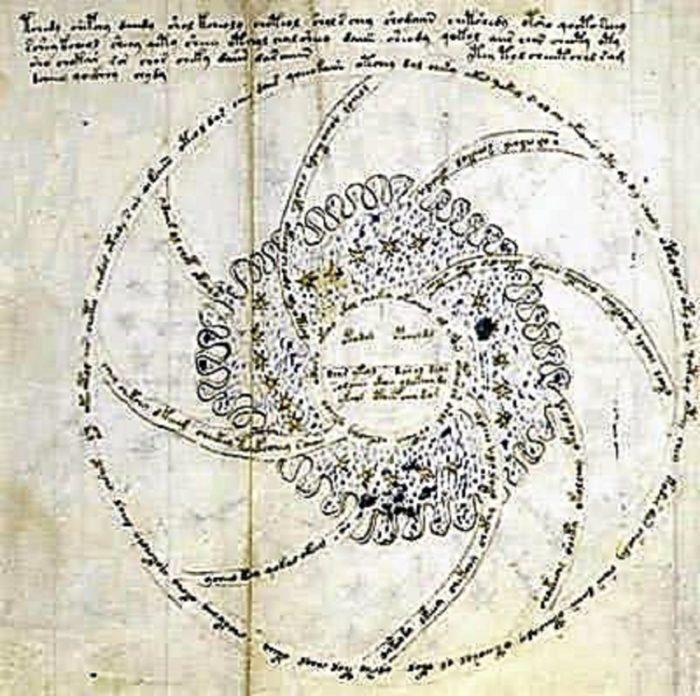
Example of the Voynich Manuscript
Mysteries On Top Of Mysteries
Unless there is a discovery of some kind of key to unlocking the secrets of the Voynich Manuscript, or barring an unbelievable breakthrough by an eagle-eyed researcher, it is highly likely its contents will forever remain a mystery. Even if the writings are a hoax it would be an interesting development in itself. Not least because of the pure complexity of the writings when put against the time of their creation in the early-1400s. Indeed, we know roughly the time of their writing. Which in itself likely took considerable effort, perhaps too much for a mere hoax. Its whereabouts for almost the first 200 years of its life, however, is yet another mystery.
Is the Voynich Manuscript the result of telepathic communication with an entity from another world? A manuscript that came from something we would recognize today as automatic writing? Or might it be the last remaining copy of a language and a world before our own? And if so, who preserved this information and for how long before recording it on the 200-plus vellum pages? And how did it find its way discreetly around the minds of those intent of looking beyond the dogmatic Church?
Is the Voynich Manuscript of importance to humanity? It is a collection of illustrations and unknown writings that will continue to fascinate the minds of many. And for some time to come. Perhaps one of them will unlock its mysteries and share them with the rest of the world. And so answering that question.
Might The Voynich Manuscript Reveal Secrets Of The Ancient World?
It is perhaps worth examining some of the legends, and suggestions, of how some of the ancient megalithic stone sites might have been constructed, and how that might tie in to the Voynich Manuscript. Several stories exist around the world of a time when rocks or stone could be made soft using the sap from a certain plant.
Many legends of the Inca civilization, for example, contain many legends of melting rock so as to make it workable. Writing in the book The Disinformation Guide to Ancient Aliens, Lost Civilizations, Astonishing Archaeology and Hidden History, David Hatcher Childress relays how Hiram Bingham, the person who discovered the Incan site Machu Picchu, was told of a plant “whose juices softened rock so that it could be worked into tightly fitted masonry”.
It wasn’t just Bingham who heard such accounts of this apparent long-lost knowledge of making it possible to fashion rock and stone as easily as you would clay. Childress, in the same book, goes on to tell how Colonel Fawcett also heard the same stories while in Peru of “a liquid that softened stone to the consistency of clay”.
What’s more, Fawcett’s son, Brian, would tell of his own account in the footnotes of his father’s book, Exploration Fawcett, while editing it. According to Brian, a colleague of his who was working in Central Peru discovered an ancient, sealed jar in an Incan grave. At first, he believed the jar would contain some kind of drink, possibly containing alcohol. However, before he had the chance to see, the jar was knocked onto some rocks and liquid spilled out.
Unbelievably, when Fawcett’s friend looked down at the rocks they were now “as soft as wet cement”, elaborating it was as if “the stone had melted, like wax under the influence of heat”. Although he wasn’t certain, he would claim that the plant in question had dark, red-colored leaves.
Might the plant he be referring to be, somewhere in the Voynich Manuscript?
Might such a plant of existed in ancient times that when ground and its liquid released on to stone made it soft it could be manipulated? And if so, might that plant be somewhere in the Voynich Manuscript? Might this book indeed contain past wisdom from ancient times?
We might consider just how many plants, fruits, and even animals, that will have become extinct and will remain completely unknown to us, simply because there were no records of its existence, or least none that have been taken seriously.
And if this plant has long since ceased to exist, might scientists be able to recreate its effects in the laboratory? Might such knowhow not only help in potentially explaining just how such huge, mammoth structures were built in the past, but also assist in the construction of buildings in the future? Ones, that like the ones of ancient times, have such structural integrity that they last thousands of years, largely undamaged from the elements?
Recent Claims Of Deciphering!
In May 2019 came the news that an academic from the University of Bristol had managed to break the code of the Voynich Manuscript. Although the news should perhaps come with the caveat for calm as the manuscript itself has yet to be fully deciphered.
The paper of Dr. Gerard Cheshire, however, titled The Language and Writing System of MS408 (Voynich) Explained [4] has been peer-reviewed and published in the respected journal, Romance Studies. Indeed, according to most scholars, and if indeed Cheshire is correct, the manuscript would be the “only known example of the proto-Romance language”.
Cheshire would go on to describe the manuscript, and the breaking of the code to deciphering it, as “one of the most important” in the study of the proto-Romance language, which is a precursor in medieval times to the Romance language of Portugal, France, Italy, and Spain to name several in the region.
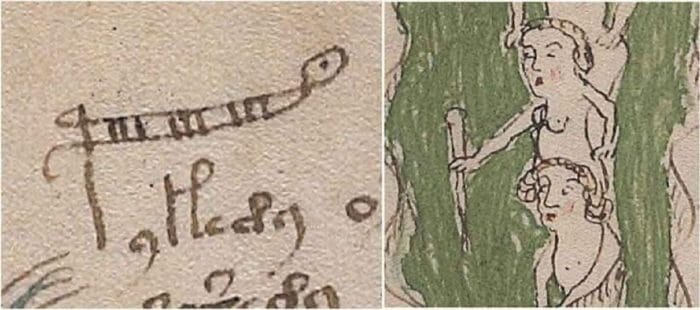
A ‘palina’ is a rod to measure water
However, despite its relatively widespread use in the region at the time, very little was written in this ancient language. This was mainly down to the official language of the elite of this time (religion, politics, and royalty) being Latin. Consequently, almost all official (and written) documents followed suit.
Indeed, it would appear that the Voynich Manuscript might be all that is left of the apparent “lost language” from the chasm of history. Although the entire manuscript is yet to be deciphered, it would appear it is only a matter of time before we know the entire contents of this, until now, most mysterious script.
The Rebirth Of An Extinct Language?
While it may prove to tell of, by comparison to the theories, quite mundane things, it will very likely offer a glimpse into a part of history and a people completely new to the modern world.
For example, the six-way folded “map” pictured earlier in the article would appear to be telling of an “erupting volcano”. This would result in the drawing of the map in order to launch a rescue mission. What’s more this volcano would “create a new island” when it rose up from beneath the sea. What is also interesting is an apparent date of 1550 for a later eruption on the same island. If this is accurate, then the dating of the manuscript can be made with much more confidence.
In fact, according to research, Dominican nuns are responsible for the creation of the manuscript. This would perhaps make sense given the claims it was some type of woman’s health guide.
According to Cheshire’s research, they would compile the document for Maria of Castile, Queen of Aragon – the great aunt of Catherine of Aragon. It was intended to be an encyclopedic or reference type book. And does indeed appear to tell of important events as well as recipes and medicines.
According to Cheshire, the language combines previously unseen and unknown symbols with ones more familiar to makes up its alphabet. Of further interest, is an almost total lack of punctuation. Aside from “variants” to the aforementioned symbols. These might make something plural or change the phonetic sound. This last part is indeed interesting. In some ancient languages, the sound was of more concern of a word as much as anything else.
Check out the video below. It looks a little further at this most mysterious book.
References
| ↑1 | AI May Have Finally Decoded The Bizarre, Mysterious ‘Voynich Manuscript’, Peter Dockrill, Science Alert, January 30th, 2018 https://www.sciencealert.com/ai-may-have-finally-decoded-the-bizarre-mysterious-voynich-manuscript |
|---|---|
| ↑2 | The mysterious Voynich manuscript has finally been decoded, Annalee Newitz, ARS Technica, August 9th, 2017 https://arstechnica.com/science/2017/09/the-mysterious-voynich-manuscript-has-finally-been-decoded/ |
| ↑3 | AI didn’t decode the cryptic Voynich manuscript — it just added to the mystery, James Vincent, The Verge, February 1st, 2018 https://www.theverge.com/2018/2/1/16959454/voynich-manuscript-mystery-ai-decoded-debunked |
| ↑4 | The Language and Writing System of MS408 (Voynich) Explained, Gerard Cheshire, April 29th, 2019 https://research-information.bris.ac.uk/en/publications/the-language-and-writing-system-of-ms408-voynich-explained |
Fact Checking/Disclaimer
The stories, accounts, and discussions in this article may go against currently accepted science and common beliefs. The details included in the article are based on the reports, accounts and documentation available as provided by witnesses and publications - sources/references are published above.
We do not aim to prove nor disprove any of the theories, cases, or reports. You should read this article with an open mind and come to a conclusion yourself. Our motto always is, "you make up your own mind". Read more about how we fact-check content here.
Copyright & Republishing Policy
The entire article and the contents within are published by, wholly-owned and copyright of UFO Insight. The author does not own the rights to this content.
You may republish short quotes from this article with a reference back to the original UFO Insight article here as the source. You may not republish the article in its entirety.
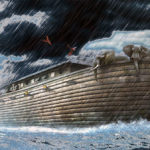
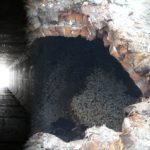
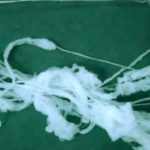


3 Comments
UFO Insight does not take responsibility for the content of the comments below. We take care of filtering profanity as much as we can. The opinions and discussion in the comments below are not the views of UFO Insight, they are the views of the individual posting the comment.
Newest comments appear first, oldest at the bottom. Post a new comment!
There is a key to cipher the Voynich manuscript.
The key to the cipher manuscript placed in the manuscript. It is placed throughout the text. Part of the key hints is placed on the sheet 14. With her help was able to translate a few dozen words that are completely relevant to the theme sections.
The Voynich manuscript is not written with letters. It is written in signs. Characters replace the letters of the alphabet one of the ancient language. Moreover, in the text there are 2 levels of encryption. I figured out the key by which the first section could read the following words: hemp, wearing hemp; food, food (sheet 20 at the numbering on the Internet); to clean (gut), knowledge, perhaps the desire, to drink, sweet beverage (nectar), maturation (maturity), to consider, to believe (sheet 107); to drink; six; flourishing; increasing; intense; peas; sweet drink, nectar, etc. Is just the short words, 2-3 sign. To translate words with more than 2-3 characters requires knowledge of this ancient language. The fact that some symbols represent two letters. In the end, the word consisting of three characters can fit up to six letters. Three letters are superfluous. In the end, you need six characters to define the semantic word of three letters. Of course, without knowledge of this language make it very difficult even with a dictionary.
Much attention in the manuscript is paid to the health of women for the purpose of giving birth to healthy offspring.
And most important. In the manuscript there is information about “the Holy Grail”.
I am ready to share information, but only with those who are seriously interested in deciphering the Voynich manuscript.
Nikolai.
I cannot believe anyone would go to the enormous effort required to author a thing like the “Voynich code” just as a hoax.
Does that idea really make any sense?
One author has gone as far as to say it is all “plagiarized” from “other sources”, many of which were “copied”, they say, in the latter using vernacular of a much more benign nature.
Could this person have a stake in the idea that modern patented “medicines” are good for us (even though many have caused untold millions of deaths) and that herbal medicine are not of any serious use. It almost seems that way, as the pooh-pooh the manuscript with a sniff.
I’m not Roman Catholic but aren’t the Jesuits and Society of Jesus the same thing?